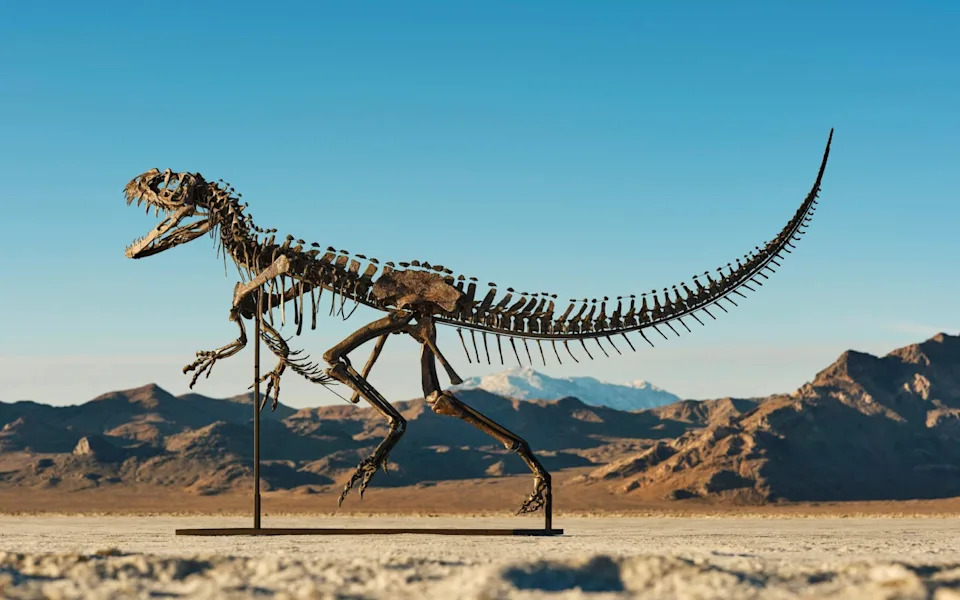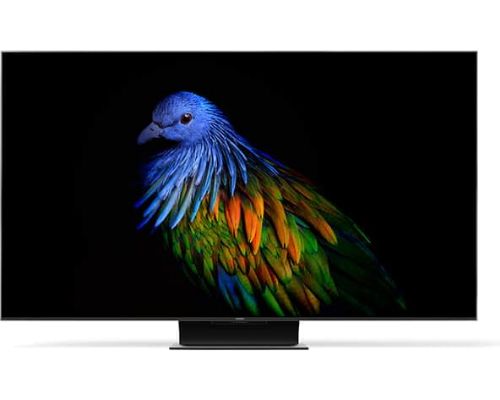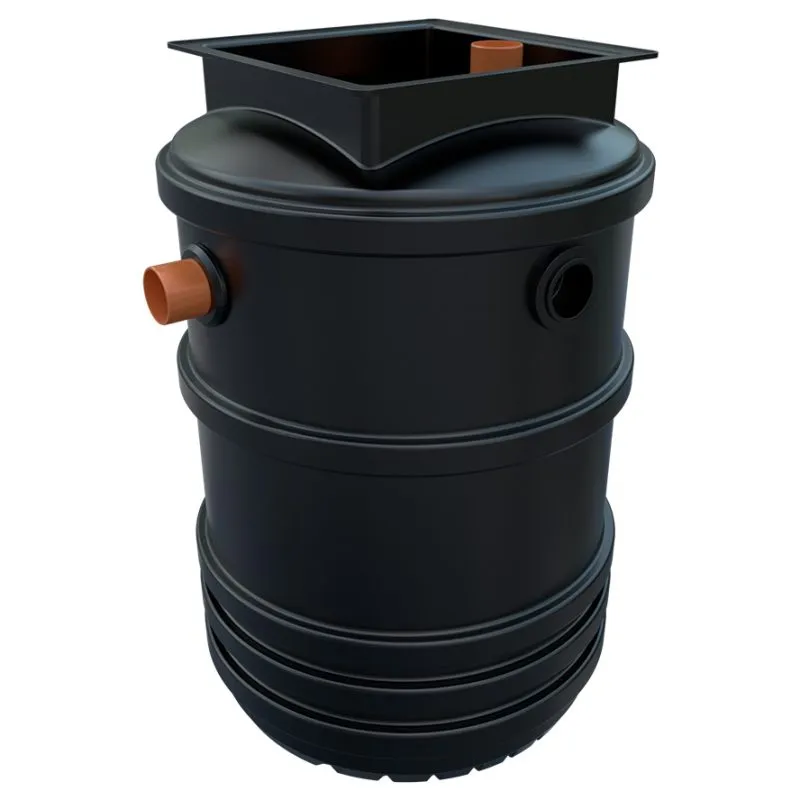The biggest piece of Mars on Earth is going on sale and is set to become the most expensive space rock in the world.
The 54lb Martian rock is expected to sell for between $2 million and $4 million (£1.5 million and £2.9 million) when it goes up for sale at Sotheby’s on July 16.
Meteorite NWA 16788 is being sold by collector Luca Calberi, who obtained it after meteorite scouts found it 90km to the west of the Chirfa Oasis in northwestern Niger on November 16 2023.
Analysis of small fragments of the rust-red rock proved it was Martian in origin and had been flung into space at a high speed after the planet was hit by an asteroid at some point in the distant past.
It is unknown how long the rock has been on Earth, but it is by far the biggest intact Martian rock on the planet.
“It’s just a huge piece of Mars, it is the biggest piece of Mars on Earth,” Cassandra Hatton, senior vice president of science and natural history at Sotheby’s in New York, who is running the sale, told The Telegraph.
“It is nearly double the size of the meteorite that we previously thought was the largest piece of Mars on Earth and it is around 54lb.”
Scarce and sizeable
Meteorites are rare objects in their own right, but Martian meteorites are even more scarce, with only around 400 on Earth.
Most such specimens of our celestial neighbour are tiny fragments, making the NWA 16788 slab even more remarkable.
The combined weight of all Mars meteorites known on Earth is around 925lb, which makes the single biggest specimen, NWA 16788, more than six per cent of the entire mass.
“The only way something of this size, or really any meteorites that come from the Martian surface get here, is from a massive asteroid strike,” Ms Hatton said.
“We know that there’ve been about 19 asteroid strikes that had a great enough impact to send something of this size to Earth. But it’s impossible to know which one of those was responsible for this.”
The lot is one of the marquee items for sale as part of the auction house’s “geek week”, founded by Ms Hatton in 2017.
Another item available for bidding on July 16 is a juvenile ceratosaurus dinosaur fossil thought to be the only one of its kind in the world.
It stands around 6 feet 3 inches tall and 10 feet 8 inches long and is one of just four ceratosaurus in the world, the only juvenile and the one in the best condition.
 The juvenile ceratosaurus dinosaur fossil is thought to be the only one of its kind in the world - Sotheby's
The juvenile ceratosaurus dinosaur fossil is thought to be the only one of its kind in the world - Sotheby'sThis specimen was found in Wyoming in 2016 and is valued at between $4 million and $6 million (£2.9 million and £4.4 million).
Sotheby’s sold the famous Sue T-rex in 1997 as well as the Apex stegosaurus for more than $44 million (£32 million) last year.
The enormous Mars rock could become not only the most expensive space rock ever sold, but also the most expensive space-related lot.
Buzz Aldrin’s Apollo 11 flight jacket fetched $2.8 million (£2 million), while the bag used by Neil Armstrong on Apollo 11 to bring back the first samples of the Moon ever collected sold for $1.8 million (£1.3 million).
Meteorites as a natural history object
But despite the rocks and the spacesuits all having a link to space, Ms Hatton sees them as two separate types of item.
“When you look at the market for space exploration, that’s really focused on humankind’s journeys into space,” she said.
“That market is really more about the artefacts that were used by astronauts to get off of the Earth and go explore the planets.
“I think of meteorites more as a natural history object. We had nothing to do with this thing coming here. I’m not sure that it would be really an accurate comparison if this did sell at the high estimate to say it’s the most expensive space object, because I just think those are wildly different markets.”
The market for natural history, space and technology is booming, she said.
“The first geek week was such a success and we have seen that people really respond to these types of objects,” Ms Hatton said.
“People really love space, the history of science and tech, the natural history, the fossils, the meteorites, the minerals – our clients are really, really into it.
“And natural history in particular because these are objects that are both scientifically important but also aesthetically pleasing. These are cool things people can put on their desk, put in their boardroom or live with in their home.”
Broaden your horizons with award-winning British journalism. Try The Telegraph free for 1 month with unlimited access to our award-winning website, exclusive app, money-saving offers and more.













